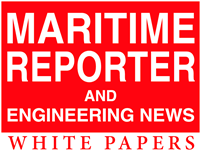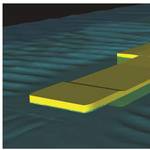
Publication Date: Nov 2017

In the marine market, tight deadlines and budget constraints are common obstacles to overcome. Even finding a qualified welder for a marine application is a challenge, so being able to join pipe without flame can make all the difference in the marine world. Reducing time spent on repairs and labor expenses means you can focus on doing your job and keeping your crew safe. However, when dealing with a work environment that involves floating on a volatile sea, it can be difficult to ensure safety and precision while operating ocean-based support vessels, drill ships and oil platforms.

Any time heavy machinery is being moved from one place to another, it’s important to ensure that the equipment being used for the project is both properly maintained and inspected and also that the proper equipment is being used for the task at hand. At these moments, the decision of whether to use owned equipment or to rent a different piece of machinery to ensure that the project runs smoothly is of the utmost importance.

Understanding the many details of a satellite communications solution – and how a comprehensive approach is the fastest path to digitalization

While there have been a few attempts over the years to design more efficient towboats, as a whole the inland industry has lagged behind the rest of the marine world in regards to the application of modern engineering methods to produce more efficient hull shapes. Conventional wisdom has always held that the shape of the towboat hull had very little impact on the overall efficiency of a line haul or unit tow when it comes to fuel efficiency or vessel speeds. However, TSGI has been applying state of the art Computational Fluid Dynamics (CFD) to analyze this very topic, with significant results to the contrary.